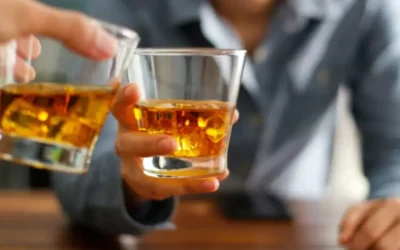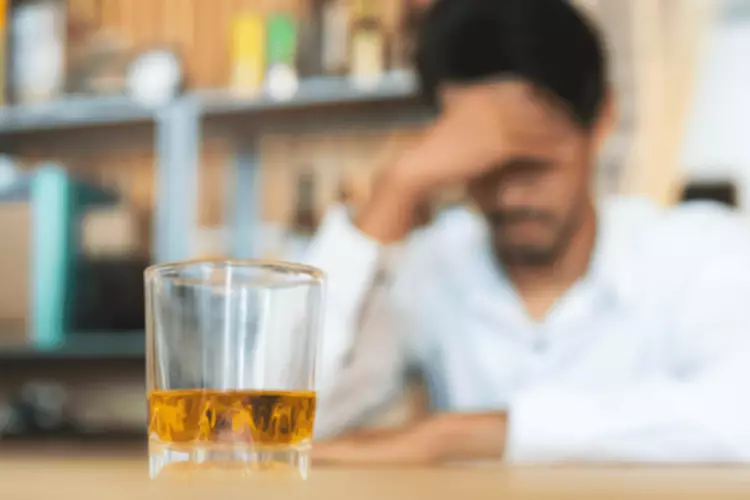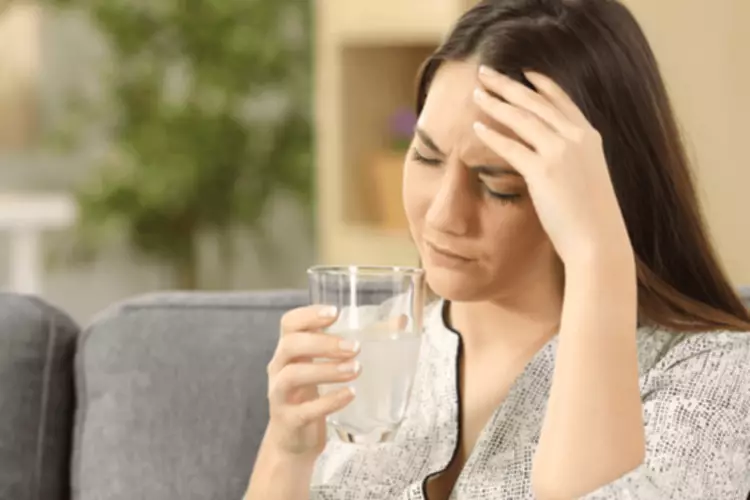The result is a higher risk of life-threatening diseases including stroke, heart disease, and cerebral or pulmonary embolisms. The abuse or misuse of EPO can also trigger serious autoimmune diseases, causing the body’s immune system to attack healthy cells. Blood doping through transfusions also increases the risk of infectious disease, such as HIV/AIDS or hepatitis, which is when the liver becomes dangerously inflamed. The primary medical use of these compounds vary, but include treatment of cancer or aiding those born prematurely. The presence of an abnormal concentration of a hormone, its metabolites, relevant ratios, or markers in your sample is deemed to contain a prohibited substance unless you can demonstrate the concentration was due to a physiological or pathological condition. Examples include human growth hormone (hGH), erythropoietin (EPO), insulin, human chorionic gonadotrophin (HCG), and adrenocorticotrophin (ACTH).
- They may also develop an addiction to stimulant medications such as Ritalin, amphetamines, and illicit drugs like ecstasy and cocaine.
- Erythropoietin was the perfect cheating mechanism because it is naturally occurring in the body and is hard to detect if more is added artificially.
- Even athletes who were not part of the doping system suffered reputational and economic damages.
- This concept gained momentum as a result of questions raised during the 2006 Olympic Winter Games surrounding suspensions of athletes by their federations following health checks that reported high hemoglobin levels.
- Cannabis has very little data related to TMS with only one study demonstrating decreased cravings but the study was open label and a very small sample size, whereas another did not see a decrease with one treatment [92,93].
Study Design:
In March of 2014, players and owners announced that PED penalties would increase to 80 games for a first violation and 162 games (or a full season, including the postseason) for a second violation; all suspensions are without pay. Prior to entering the league, only the NFL requires pre-employment testing for all players, although in the MLB, all players are subjected to testing within five days of reporting for spring training. The NBA, NHL, NCAA, and all other professional leagues do not require pre-employment testing. Angela Persyn, Vice President of pharmacy operations for Legends Pharmacy, said there’s several factors leading to the delays. Paul has leveraged his massive social media following to a new endeavor in boxing, bringing large audiences to each of his fights. Tyson, who last fought a real, professional fight that counted in 2005, is actually trash-talking again.
- However, this is largely due to the availability of more options, many of which feel safer to athletes than traditional drugs.
- If you need to increase your red blood cell count for medical reasons, consult with your doctor to develop a treatment plan that makes sense for you.
- For alcohol specifically, several studies demonstrated in the general population a decrease in craving but not cue-induced alcohol craving [52,53,54,55], whereas others did not affect craving at all [56,57].
- The use of prescription opioids for more than a few weeks leads to tolerance and potential addiction.
- Utilising such strategies in a policy context may begin to help foster sport enabling environments that are so far available only through illicit doping systems.
Pieds – Alcohol and Drug Foundation
While women use these substances as well, their use is more prevalent amongst men. Blood doping, which often involves the use of prohibited erythropoietin, or EPO, increases the number of red blood cells in the body. This increase thickens the blood, making it difficult for the heart to pump.
- The presence of an abnormal concentration of a hormone, its metabolites, relevant ratios, or markers in your sample is deemed to contain a prohibited substance unless you can demonstrate the concentration was due to a physiological or pathological condition.
- Alternatively, it may involve use of substances such as alcohol or marijuana without the intent of performance enhancement, since athletes may develop substance use disorders just as any nonathlete may.
- The health risks of drug abuse in athletes and the unfair advantage experienced by them were significant enough to induce the formation of the World Anti-Doping Agency in 1999.
- First, it bolsters the strength of RBCs, helping to protect them from destruction.
- The signs that will stem from drug abuse in athletes depend on the specific drug the athlete abuses.
- Future studies should focus on high-quality and prospective designs to help further elucidate the issue of opioid use in athletes and assess for any temporal trends.
Side Effects Of Performance Enhancing Drugs
It can mean increased heart rate and blood flow and elevated body temperature. Drug abuse in athletes covers both legal, illegal, and prescription stimulants. This is due to side effects such as dehydration, heatstroke, and nervousness. When discussing TMS, one must consider the current treatment protocol and whether that might be ideal for an athlete’s availability and timeline. TMS treatment as typically constituted for the depression protocol can last 30–40 min, five days a week for about 6–7 weeks.
- If they are addicted to another substance like alcohol, athletes may make bad decisions like drinking before a competition to stave off the symptoms of withdrawal.
- In 1966, the world governing bodies for cycling and football were the first to introduce doping tests in their respective world championships, with the first Olympic testing coming in 1968, at the Winter Games in Grenoble and Summer Games in Mexico.
- The primary medical use of these compounds is to treat conditions such as asthma and other respiratory ailments.
- The frequency with which players are tested also varies greatly among professional leagues.
- More serious health consequences have also been documented, including liver toxicity, as liver enzymes rise, and drops in good cholesterol, which can affect heart health.
- In general, the long-term effects of performance-enhancing drugs haven’t been studied enough.

Patients who are deliberately using performance-enhancing drugs may not disclose use because of shame, legality concerns, or lack of trust. In fact, users of performance-enhancing drugs often are not candid with their physicians about their use of these drugs. Less common is blood doping, where blood is removed from the body and injected back in later to boost drug use in sports oxygen levels. It also raises the levels of the protein in red blood cells that carries oxygen to the body’s organs, called hemoglobin. Athletes take human growth hormone, also called somatotropin, to build more muscle and do better at their sports. But studies don’t clearly prove that human growth hormone boosts strength or helps people exercise longer.

Erythropoietin (EPO) and Blood Doping in Sports
In terms of sports performance, EPO has been shown to increase the proliferation of red blood cells and increase the amount of oxygen carried to muscles. The increased oxygen in circulation slows the Increased availability of oxygen slows the progression of muscle fatigue and thereby increases endurance during performance athletic events. But erythropoietin (EPO)—a drug used to boost red blood cell counts in a practice called “blood doping”—falls under the same https://ecosoberhouse.com/ umbrella of forbidden substances. The drug has been a source of widespread abuse and controversy among professional cyclists since the 1980s. Remember, you are not alone, and there are athletes all over the country, in every level of the game, that are struggling with similar issues as the ones you’re facing right now. Whenever you are ready to stop using substances, get healthy, and start living a drug-free lifestyle, you can begin your journey to recovery.
Science Doesn’t Support Idea That Marijuana Aids Athletes’ Performance (Published 2021) – The New York Times
Science Doesn’t Support Idea That Marijuana Aids Athletes’ Performance (Published .
Posted: Fri, 23 Jul 2021 07:00:00 GMT [source]
As early as 1963, France had been the first country to enact anti-doping legislation. Other countries followed suit, but international cooperation in anti-doping affairs was long restricted to the Council of Europe. In the 1980s, there was a marked increase in cooperation between international sports authorities and various governmental agencies. Before 1998, debate was still taking place in several discrete forums (IOC, sports federations, individual governments), resulting in differing definitions, policies, and sanctions. Athletes who had received doping sanctions were sometimes taking these sanctions, with their lawyers, to civil courts and sometimes were successful in having the sanctions overturned. The Tour de France scandal highlighted the need for an independent, nonjudicial international agency that would set unified standards for anti-doping work and coordinate the efforts of sports organizations and public authorities.
Other recreational drugs
